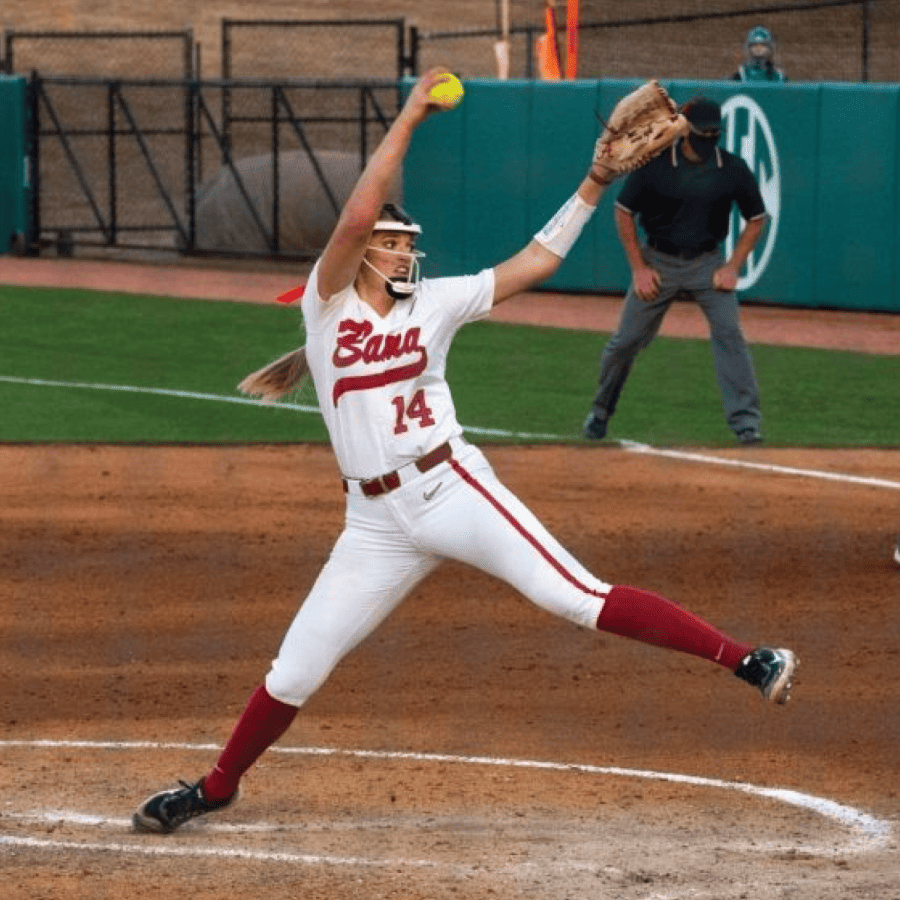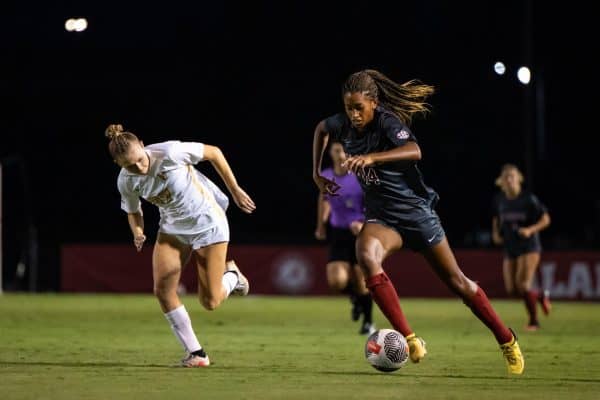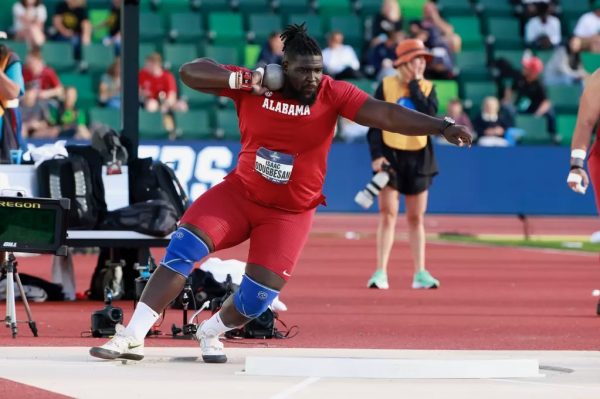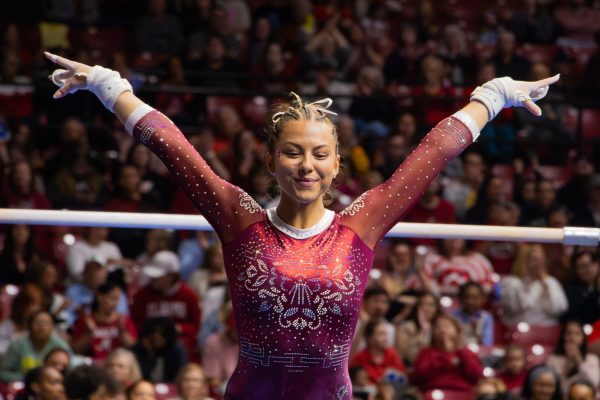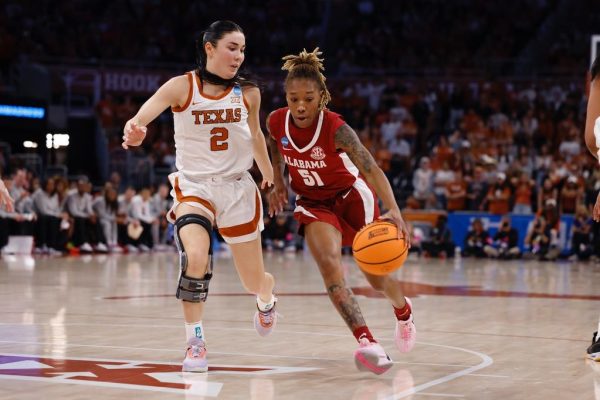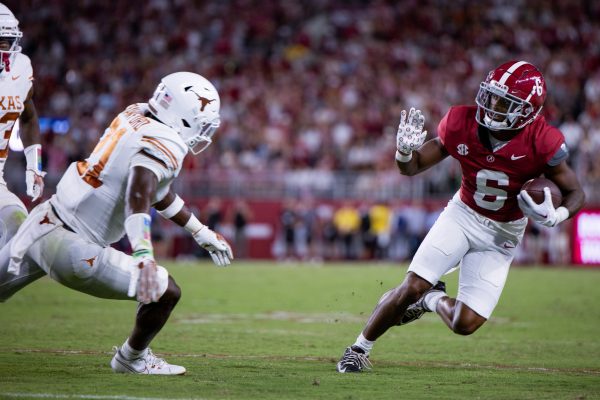Justice is slowly prevailing for women’s collegiate athletics
February 2, 2022
It takes the same amount of drive, resilience and toughness for any student-athlete to compete at the collegiate level, but women are only starting to receive the same respect male athletes have had for decades.
Anniversary of Title IX
This year marks the 50th anniversary of Title IX, a law that states that “no person in the United States shall, on the basis of sex, be excluded from participation in, be denied the benefits of, or be subjected to discrimination under any education program or activity receiving Federal financial assistance.” In this anniversary year, the NCAA offered “gender equity reforms” during the education session that began on Jan. 25.
Alabama softball head coach Patrick Murphy went to Twitter to show his pleasure about the announcement of the reforms.
“A small step in the right direction … on the 50th anniversary of Title IX,” Murphy tweeted.
These reforms plan to help expand championship operations, the student-athlete experience, marketing efforts and more in the women’s game in order to achieve parity with their male counterparts. There are two phases in the gender equity reforms, which include bridging the gap between women’s and men’s basketball coverage and improving the women’s game across all three divisions.
The NCAA said it noticed 65 discrepancies between the women’s and men’s games and resolved 45 of them. Starting this year, the NCAA is going to improve women’s coverage all the way from the bracket reveal to the trophy presentation once a champion has been named. In 2021, the NCAA was called out for differences in the weight rooms it provided men’s and women’s teams.
The NCAA improved the women’s weight rooms once the backlash hit and will continue to improve its facilities and accommodations for the NCAA Women’s Basketball Tournament. Student-athletes and their families will now be given lounges in their respective hotels while also receiving improved mementos and in-venue experiences.
There are three major steps the NCAA plans to take to improve women’s collegiate athletics in all three divisions. The first includes an increased number of bench numbers, travel rosters and changes to bracket selections. Second, the NCAA will use cross-promotion, branding and enhanced marketing strategies.
The biggest improvement will be the expansion of championship competition across the Division I level in gymnastics, softball and volleyball. Gymnastics will add a day of rest before the regional final and national final. There will no longer be doubleheaders on “elimination Saturday” at the Women’s College World Series, and a rest day is now implemented a day before the championship series begins. Volleyball adds a day of rest in the regional round.
Both of these phases will come to fruition through increased budgets and personnel, improved broadcasting opportunities, external operations and marketing, and a gender equity evaluation process.
In the past 12 months, a couple of women’s collegiate games have found their way onto a national broadcast network. During the 2021 softball postseason, Game 2 of the Norman Super Regional between Oklahoma and Washington was broadcast on ABC. This was the first-ever college softball game televised on a broadcast network. On Jan. 16, Alabama and Florida’s gymnastics meet became the first regular-season gymnastics meet to air on ABC.
Alabama gymnastics head coach Dana Duckworth reflected on what it meant for a regular season college gymnastics meet to air on ABC.
“I think that it is a huge statement for our sport,” Duckworth said. “It continues to allow our sport to grow, gaining more recognition, and give more women opportunity to shine out of the bright lights.”
What now?
A couple games between ranked teams during the 2021-22 women’s basketball season required monthly subscriptions to watch. These games included No. 1 South Carolina vs. No. 15 LSU available on SEC Network+ and No. 4 Indiana vs. No. 5 Stanford on FloHoops.
Would ESPN ever not publicly televise a top-15 or top-five men’s basketball game?
In 2021, the Women’s College World Series had 60% more viewership than the Men’s College World Series. The WCWS averaged 1.2 million views, compared with the men’s average viewing of 775,000. Although softball’s viewership skyrocketed past baseball’s, ESPN televised the MCWS winner-take-all game at 6 p.m. CT, while first pitch for the WCWS winner-take-all game was in the middle of the afternoon at 2 p.m. CT.
If the WCWS has drawn more engagement, fans wonder why the NCAA hasn’t put money toward a padded outfield fence instead of a chain-link fence with a mesh covering.
It’s evident that the NCAA is working toward growing the women’s game, but there is still a tremendous amount of work to do.
This story was published in the Justice Edition. View the complete issue here.
Questions? Email the Sports desk at [email protected].

